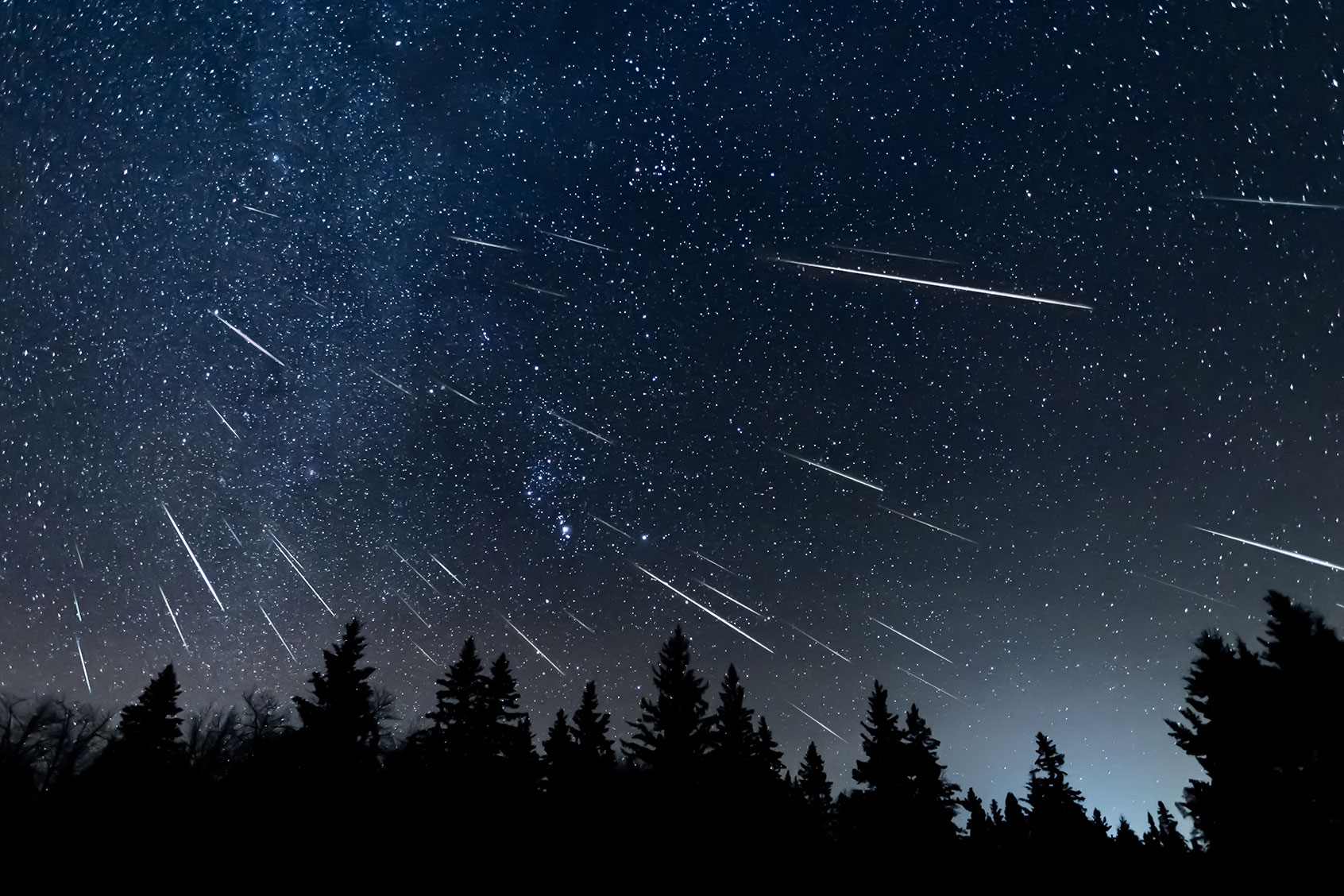When the Leonids fly across the sky, stargazers know that the comet 55P/Tempel-Tuttle is nearby. Every year, the iconic meteor shower offers a spectacular show… and experts say this weekend is going to be particularly special.
Between November 3rd and December 2nd, but especially during the weekend of November 16-17, the Leonids will be unusually easy to see and appreciate, according to the American Meteor Society. Between the night of November 16th into the early hours of November 17th, and then again from late dawn November 17th into early November 18th, Technically speaking, the Leonids are nothing more than pieces of ice, rock and dust that turn into streaking flashes of light as they burn up in the atmosphere and Tempel-Tuttle makes its annual journey around Earth. The 2.24 miles-diameter comet also eventually orbits the Sun, although this takes 33 years.
The flashy meteor show occurs because our planet travels in a nearly opposite direction as 55P/Tempel-Tuttle, the meteors crash into our planet’s atmosphere. In ideal conditions, the Leonids may produce about 15 meteors per hour in 2024.
“Once every 33 years or so, the 'lion roars,' as Leonid meteors seem to rain down from the Sickle asterism of the constellation Leo,” writes David Dickinson of Universe Today, who has seen the Leonids up close, when explaining why this particular Leonids meteor shower could be memorable. The trails left by the soon-to-be-visible Leonids were laid down centuries ago, such as in 1633 (which yielded a storm in 2001) and 1733 (which is believed to have caused a Leonid meteor storm in 1866). Earth is not expected to encounter any new dense clouds of debris until 2099, so when 55P/Tempel-Tuttle returns in 2031 and 2064, it may not bring meteor showers with it.


